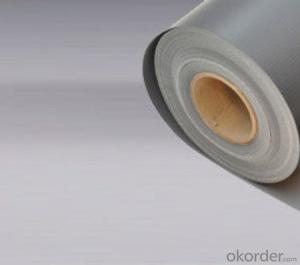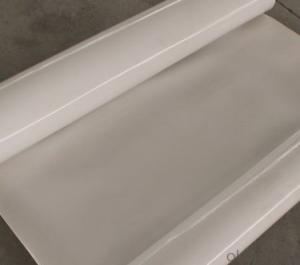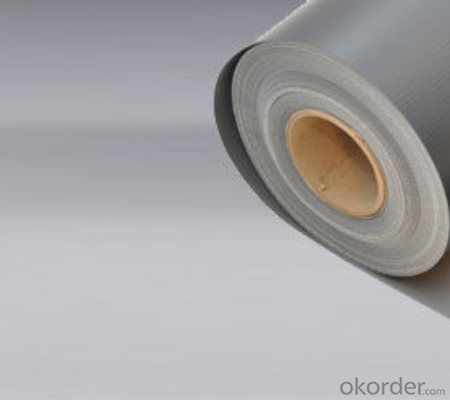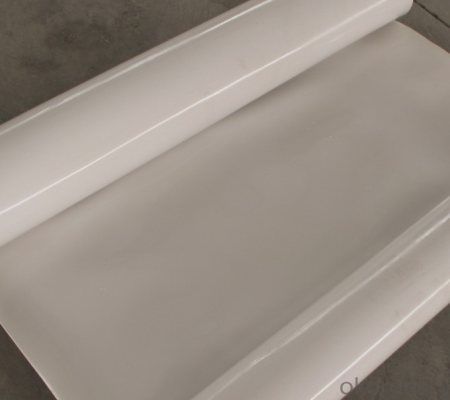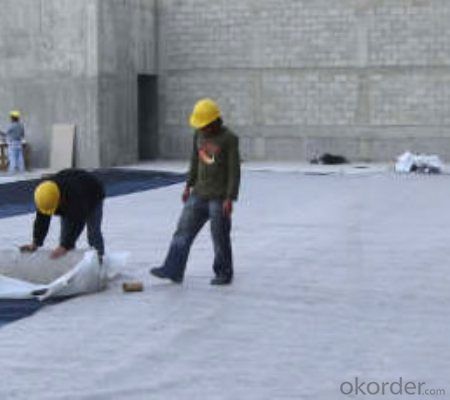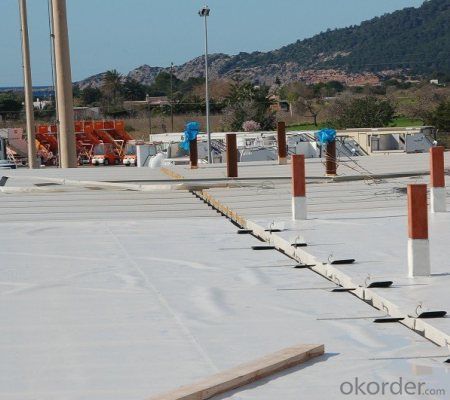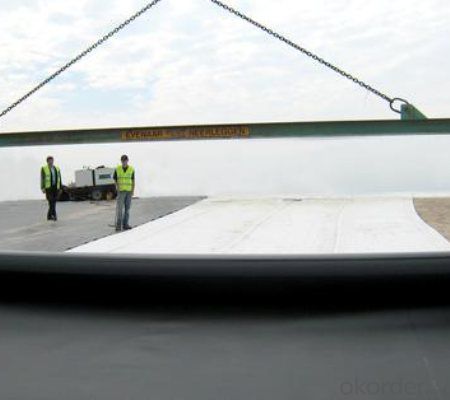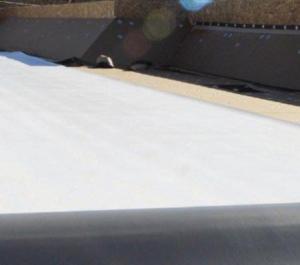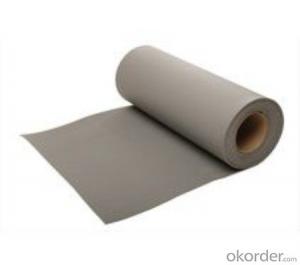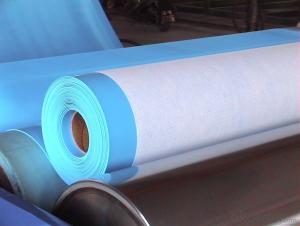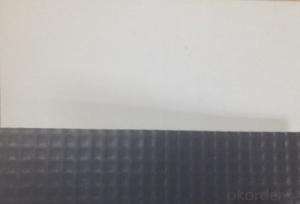TPO Membrane glaze for Waterproof System
- Loading Port:
- Qingdao
- Payment Terms:
- TT OR LC
- Min Order Qty:
- 13000 m²
- Supply Capability:
- 100000 m²/month
OKorder Service Pledge
OKorder Financial Service
You Might Also Like
TPO Membrane glaze for Waterproof System
Description Of TPO Membrane glaze for Waterproof System
1.TPO Membrane glaze is made from Thermoplastic polyethylene hydrocarbons , which is for waterproofing of exposed and non-exposed applications.
2. TPO Membrane glaze adopts the world-advanced equipment of cold feeding extrusion and continuous vulcanization technology.
3. TPO Membrane glaze is of high elasticity among high polymer waterproof materials and becomes a world-popular waterproofing material.
Main Features of TPO Membrane glaze for Waterproof System
1. Excellent physical and mechanical performance
2. High tearing resistance
3. Good deformation adaptability
Specifications of TPO Membrane glaze for Waterproof System
Material | Thermoplastic polyethylene hydrocarbons |
Size | 1.2m (width)*20m (length) or customized, weldable type 2.05m |
Thick | 1.2mm, 1.5mm, |
Applications of TPO Membrane glaze for Waterproof System
1.Roofs, Basement
2. Industrial and civil building waterproofing
3. Geosynthetic liner for swimming pool, channels, irrigation system
IMages of TPO Membrane glaze for Waterproof System
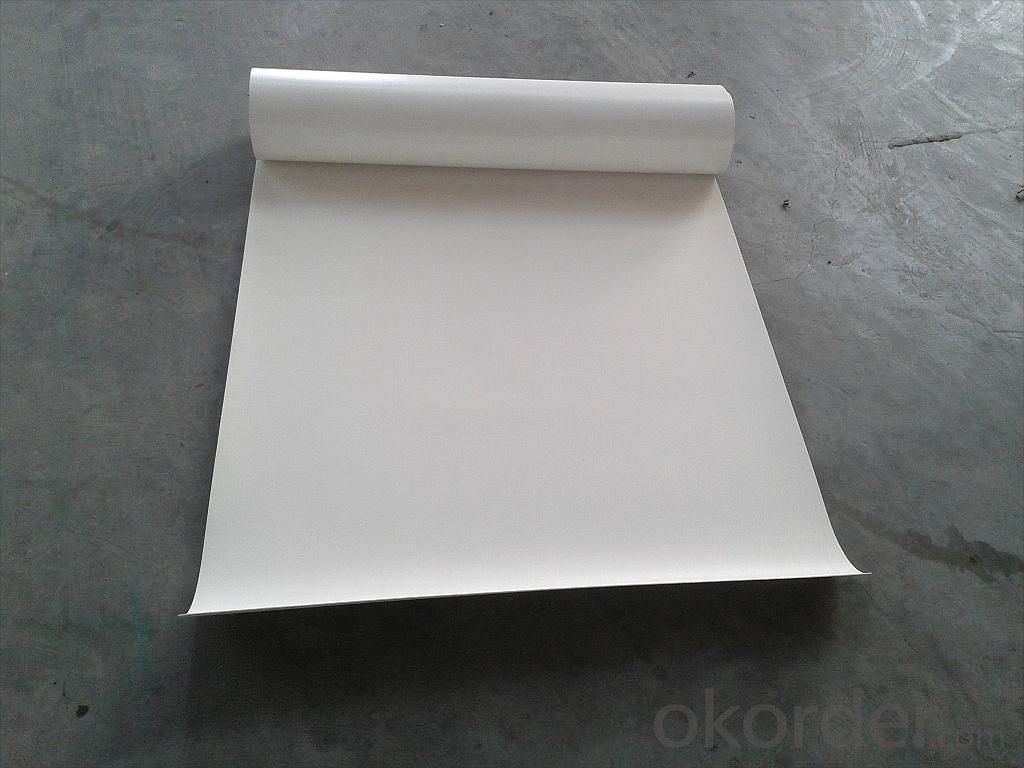
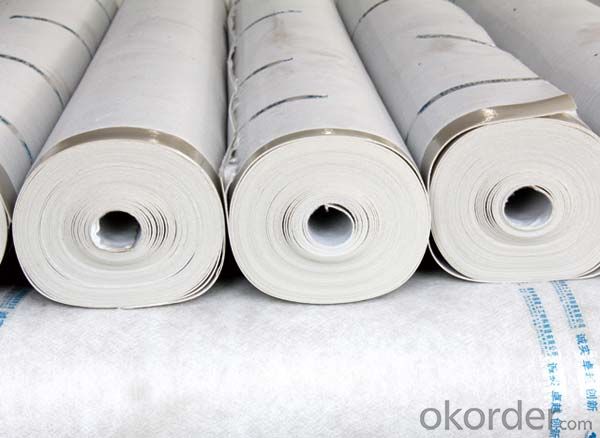
FAQ:
1. What are we supplying?
We are specialized in producing Colorful Asphalt Roof Shingle, SBS/APP modified bitumen waterproof membrane, Self adhesive bitumen waterproof membrane, PVC waterproofing membrane,Single Component Polyurethane Waterproof Coating, and Spray Polyurea Waterproof Coating
.
2. How Many years experience do we have?
We have been exported to more than 15 countries in the past 14years.
3. How long do we usually reply your request?
We always reply our customer within 4 hours.
- Q: Can a waterproofing membrane be used on terracotta surfaces?
- Yes, a waterproofing membrane can be used on terracotta surfaces.
- Q: Can a waterproofing membrane be used on precast brass surfaces?
- Indeed, precast brass surfaces can indeed benefit from the application of a waterproofing membrane. These membranes have been specifically engineered to create a safeguard against water infiltration and can be utilized on various surfaces, such as concrete, metal, and precast materials. In the case of precast brass surfaces, this membrane can play a crucial role in averting water penetration, which holds particular significance in areas that are frequently exposed to moisture, such as bathrooms, kitchens, or outdoor environments. By implementing a waterproofing membrane, the precast brass surface becomes effectively shielded against potential water damage, corrosion, and deterioration, thereby ensuring its durability and preserving its visual appeal.
- Q: Can a waterproofing membrane be used on tunnels with emergency exits?
- Certainly! Waterproofing membranes can be applied to tunnels that have emergency exits. It is strongly advised to utilize a waterproofing membrane in these tunnels to prevent water infiltration and safeguard the integrity of the exits. These membranes are specifically designed to establish a barrier against water and moisture, guaranteeing that the tunnels stay dry and unharmed by water. This is particularly crucial for emergency exits, as they must remain accessible and operational under all circumstances. By installing a waterproofing membrane, the tunnels can be adequately shielded from potential water ingress, thus ensuring the safety and functionality of the emergency exits.
- Q: Can a waterproofing membrane be used in high-traffic areas?
- Yes, a waterproofing membrane can be used in high-traffic areas. Waterproofing membranes are designed to provide a protective barrier against moisture and water infiltration, making them suitable for use in areas that experience heavy foot traffic. These membranes are typically durable and resistant to wear and tear, ensuring their effectiveness and longevity even in high-traffic environments. Additionally, some waterproofing membranes are specifically designed for high-traffic areas and have additional features such as anti-slip properties to enhance safety. However, it is important to choose the right type of waterproofing membrane that is specifically designed for high-traffic areas to ensure maximum performance and durability. Consulting with a professional or a waterproofing expert can help determine the most suitable membrane for a specific high-traffic application.
- Q: Can a waterproofing membrane be used on aluminum surfaces?
- Yes, a waterproofing membrane can be used on aluminum surfaces.
- Q: Can a waterproofing membrane be exposed to extreme temperatures?
- In general, waterproofing membranes can handle extreme temperatures without any issue. These membranes are designed to endure a wide range of temperatures, including both high and low extremes. However, it's crucial to understand that the temperature limits and performance features may differ based on the membrane's type and brand. To ensure the membrane is suitable for the specific temperature conditions it will face, it is always recommended to consult the manufacturer's specifications and guidelines. Moreover, factors like UV exposure and thermal expansion/contraction should also be taken into account as they can impact the overall performance and lifespan of the waterproofing membrane in extreme temperature conditions.
- Q: Can a waterproofing membrane be used on sloped roofs?
- Indeed, sloped roofs can benefit from the application of a waterproofing membrane. Utilizing a waterproofing membrane on sloped roofs is frequently advised in order to thwart water infiltration and the potential for leaks. This membrane functions as a shield, safeguarding the roof structure against water penetration and subsequent harm. Furthermore, the membrane offers defense against additional elements like UV rays, temperature fluctuations, and mechanical strains. It is vital to select a waterproofing membrane designed explicitly for sloped roofs and compatible with the roofing material to guarantee enduring protection.
- Q: What is BSB waterproofing membrane
- Scope of application: 1. Polyester Felt-based elastomer modified asphalt waterproofing membrane for industrial and civil construction of the roof and underground waterproofing works. 2. Glass fiber reinforced polyester mattress base coil is suitable for mechanical fixed single layer waterproof, but through the wind load test. 3. Fiberglass mattresses are suitable for structural roofs and underground waterproofing works; 4. Exposure to the use of the upper surface of the insulating material for the opaque mineral pellets of the waterproofing membrane. 5. Underground engineering waterproofing should be used surface insulation material for the fine sand of the waterproofing membrane.
- Q: Can waterproofing membranes be used on plant rooms?
- Yes, waterproofing membranes can be used on plant rooms. Plant rooms often contain equipment and machinery that require protection from water damage. Waterproofing membranes provide a barrier against water infiltration, preventing leaks and potential damage to the plant room and its contents. These membranes are typically applied to the walls, floors, and roofs of the plant room to ensure complete waterproofing. Additionally, waterproofing membranes can also offer protection against other elements such as chemicals and temperature fluctuations, making them an ideal solution for plant rooms.
- Q: Can a waterproofing membrane be installed on a roof?
- Yes, a waterproofing membrane can be installed on a roof. A waterproofing membrane is a type of material that is specifically designed to provide a protective layer on a surface, preventing water from seeping through. When installed on a roof, a waterproofing membrane acts as a barrier against moisture, preventing leaks and water damage to the underlying structure. It is commonly used in flat or low-sloped roofs, where water can accumulate and cause issues. The installation process typically involves cleaning and preparing the roof surface, applying the membrane in overlapping layers, and securing it with adhesives, fasteners, or heat welding. Additionally, a waterproofing membrane can also help in extending the lifespan of a roof by protecting it from UV rays, temperature fluctuations, and other environmental factors. Overall, installing a waterproofing membrane on a roof is an effective way to ensure its long-term durability and prevent water-related problems.
Send your message to us
TPO Membrane glaze for Waterproof System
- Loading Port:
- Qingdao
- Payment Terms:
- TT OR LC
- Min Order Qty:
- 13000 m²
- Supply Capability:
- 100000 m²/month
OKorder Service Pledge
OKorder Financial Service
Similar products
Hot products
Hot Searches
Related keywords
